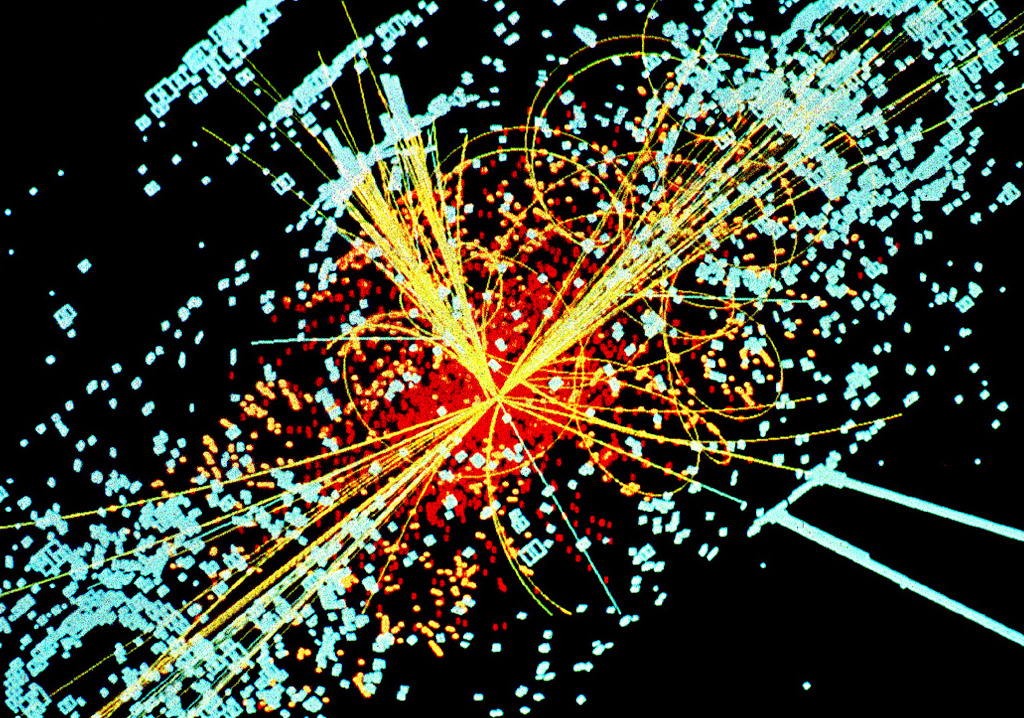 BIG DATA
BIG DATA
 BIG DATA
BIG DATA
 BIG DATA
BIG DATA
Splunk Inc. is folding machine learning capabilities into its product portfolio in an attempt to address the growing volumes of analytical information that its users are trying to manage.
The features are part of Splunk Enterprise 7.0, Splunk IT Service Intelligence 3.0, Splunk User Behavior Analytics 4.0 and updates to Splunk Cloud. The machine learning components are intended to address a wide range of use cases, ranging from data scientists who want to build their own models to users who want an out-of-the-box approach. Splunk also updated several of its existing security and cloud-monitoring products with machine learning capabilities.
“Machine data is the fastest growing type of data out there; it’s growing 50x faster than traditional business data,” Jerome Stewart, head of platform marketing at Splunk, wrote in a blog post.
Machine learning is particularly effective in helping organizations comb through vast amounts of data to seek patterns that wouldn’t be obvious to humans. Splunk is particularly popular with information technology operations and security professionals, who use it to make sense of large volumes of log data.
Splunk Enterprise 7.0 and Splunk Cloud have been juiced up with significant improvements in performance and scale, the company said. The flagship Enterprise product now incorporates metrics, which are sets of numerical, time series data used to track system-level activity, web analytics and internet of things devices. This speeds up monitoring and alerting by more than 20-fold, the company said. Search engine performance has also been tripled.
Combined with machine learning, the enhancements position Splunk as a nexus point for a wide variety of machine-generated operational data.
Splunk also added machine learning capabilities to existing products. The latest version of Splunk ITSI for event monitoring combines service context with machine learning to help identify existing and potential issues, set restoration priorities and improve IT analytics. Splunk said machine learning can reduce alert fatigue by reporting only the most critical information.
Splunk UBA enables user to create and load their own machine learning models to identify custom anomalies and threats via a new software development kit. This provides more features to detect insider attacks and correlate anomalous behavior with threats.
The Splunk Machine Learning Toolkit is a free data science application for use in predictive analytics. Updates include improved security for machine learning models and public machine learning APIs for open source and proprietary algorithms.
The company also announced new and updated products targeted at the security market.
Splunk Enterprise 7.0 is available today, with Splunk ITSI 3.0 and UBA 4.0 available next month. The new version of Splunk Cloud will be available by the first of next year.
THANK YOU